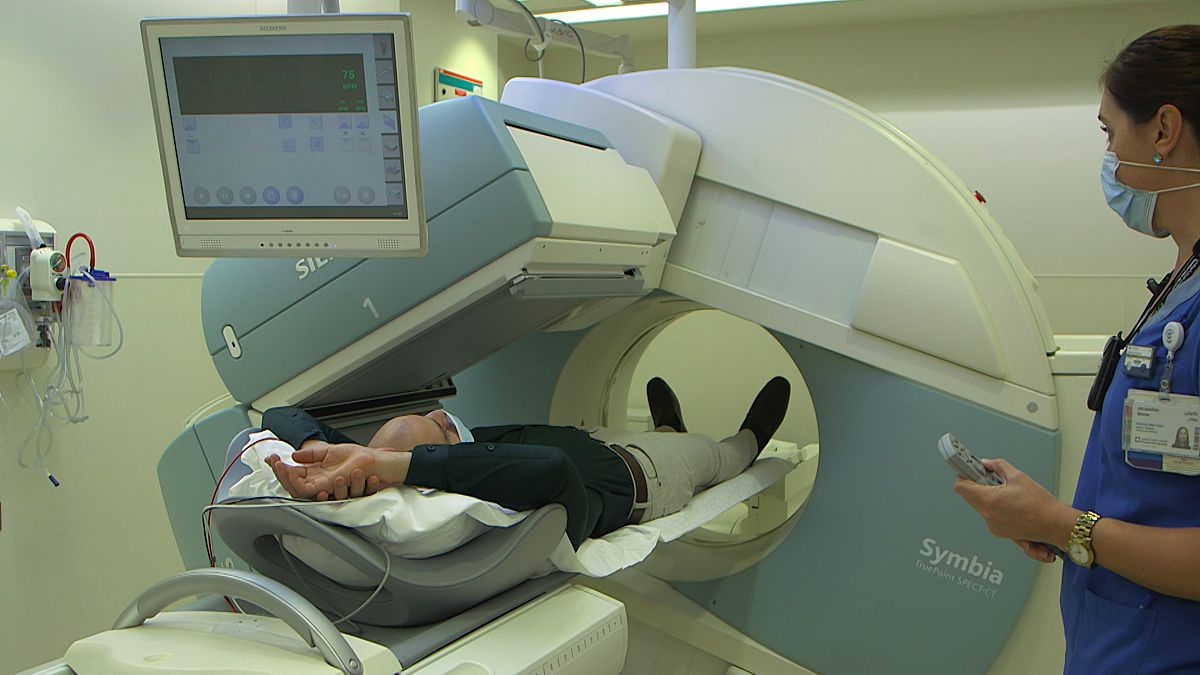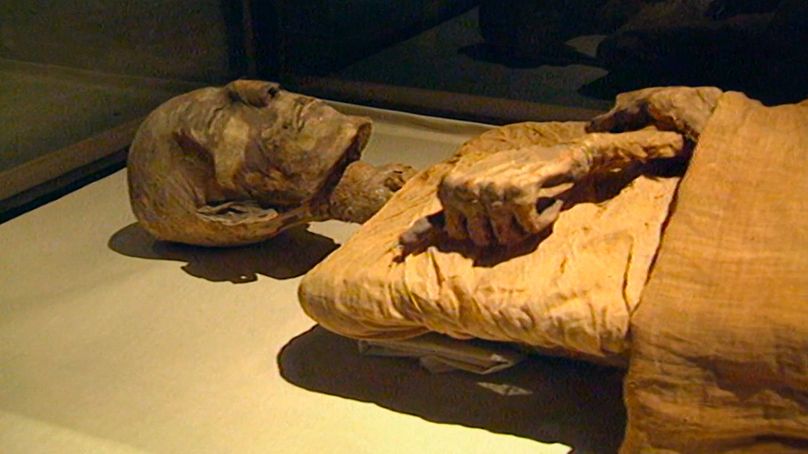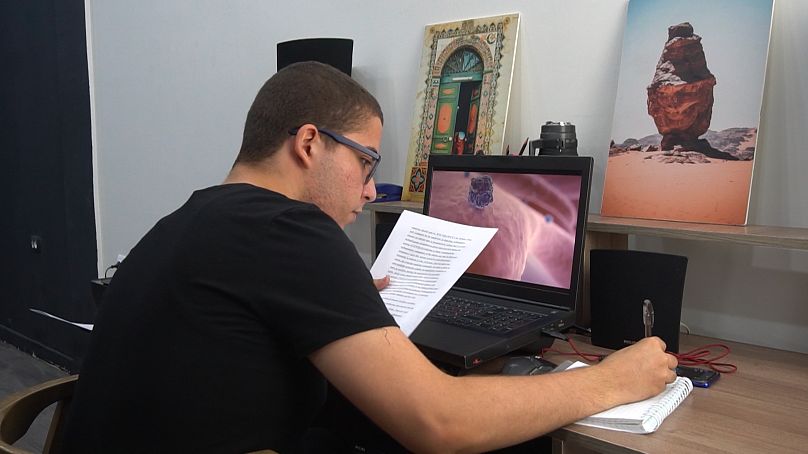The International Atomic Energy Agency was founded in 1957 with the goal of promoting the peaceful global use of nuclear energy.
The International Atomic Energy Agency was founded in 1957 with the goal of promoting the peaceful global use of nuclear energy.
Today, nuclear technology is commonly used in a variety of fields from medicine, hydrology and mining to art, cosmology and space exploration.
Food Irradiation
For decades, nuclear technology has been used to prolong the shelf life and quality of food, through a process called food irradiation. The scientific discovery was made in France during the 1920s.
Gamma rays from radioactive forms of cobalt and cesium are deployed to kill potentially harmful organisms, which can cause Salmonella and E.coli.
Fading Pharaohs
In archaeology, nuclear technology was used to restore the mummy of Egypt’s Ramses II in 1977.
With his sarcophagus having been left unsealed at the Cairo Museum, the ancient king was rapidly decaying due to bug infestations. The tomb was also riddled with bacterial infections associated with heat and humidity.
The Pharaoh’s mummy was transferred to Paris where gamma radiation therapy was used to eradicate around 60 species of fungi. Great delicacy and precision were used to keep the late ruler’s delicate hair, skin and teeth intact.
Medical imaging
Within medicine, a nuclear imaging technique called SPECT (Single Photon Emission Computed Tomography) uses gamma ray technology to create a true and dynamic 3D image of the human body.
In conjunction with an imaging machine, radioactive isotopes are injected into a patient intravenously, to enable image capturing from the inside out.
This method of identifying low blood flow and poor heart health, in a non-invasive way, is the future of medicine according to Dr. Haluk Alibazoglu, a staff physician at Cleveland Clinic Abu Dhabi.
He says that while the majority of nuclear medicine is used for imaging and detecting cardiac health issues, applications to actually treat conditions are also well underway.
“This translates into personalized medicine,” adds Dr. Alibazoglu. “This will enable us to develop therapeutic nuclear applications which will directly target the affected organ.”
Radiating hope
Nuclear medicine scans can aid doctors in detecting and monitoring cancerous cells within the body.
The technology's potential has motivated 20-year-old Algerian medical student Wail Amroune to explore its life-saving capabilities.
Amroune believes that his uncle’s untimely death from stomach cancer could have been prevented with the early detection capabilities of nuclear medicine.
“I want to help people, to not live through what I have been through, using the power of nuclear energy,” says the young researcher.
To communicate his message, Amroune has created videos on social media, using animated graphics to break down the science.
Recent posts include his current research of how radioactive drugs can be used in the fight against COVID-19, through the early identification of inflammatory diseases in people, which leaves them more susceptible to the virus.
Amroune’s hope is that one day, he can spare at least one person the loss he experienced by communicating the positive power of nuclear energy.
SEEN ON SOCIAL MEDIA: POWER
Thai native Formost took a road trip to Jordan's wind farms.


